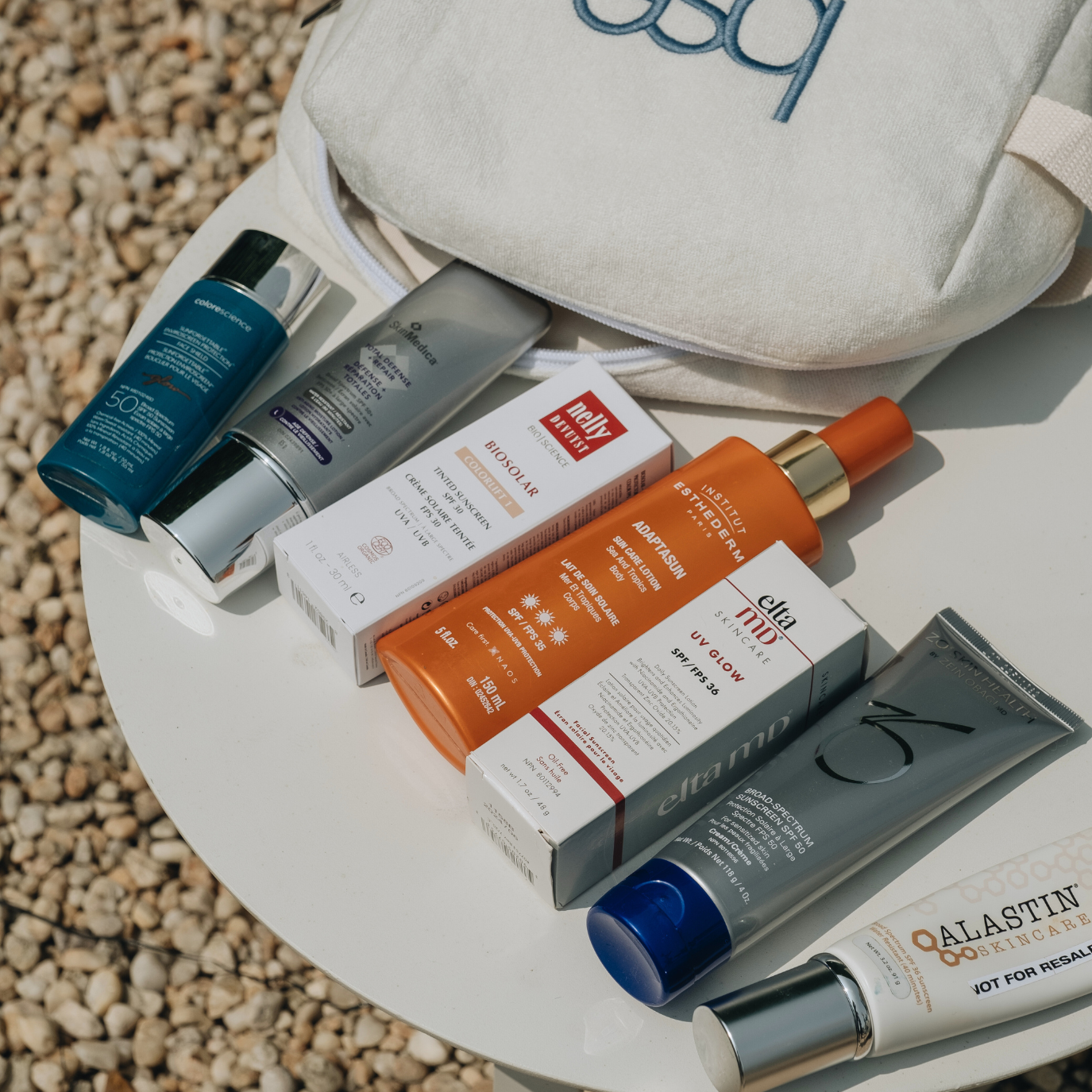
Sunscreen Isn’t Optional: And here’s what you need to know
We hear it all the time: “You need to wear sunscreen.” But do you really understand why? Do you know which kind to use, if there are options for your skin type and concerns, and how often you should apply it? The result is a shelf full of confusing bottles and numerous myths circulating. Mineral vs. chemical? SPF 30 vs. SPF 100? What’s UVA? What’s UVB? What is broad-spectrum? What is blue light?
The truth is that it’s a non-negotiable! Sunscreen is the most important step in your skincare routine. It protects your skin from visible damage (UVB: sunburn and pigmentation) and invisible harm (UVA: collagen breakdown and DNA mutations). Once you understand how it works, selecting the right one becomes much easier.
Let’s analyze everything scientifically to help you determine what’s best for you.
What is SPF? SPF stands for “sun protection factor” and measures how effectively sunscreen protects your skin from UVB rays, the kind of ultraviolet rays that can cause skin burns and may potentially lead to skin cancer.
Here’s what the numbers mean:
- SPF 30 blocks approximately 97% of UVB rays.
- SPF 50 blocks approximately 98% of UVB rays.
- SPF 100 blocks approximately 99% of UVB rays.
Sounds impressive, but here’s the key: no sunscreen blocks 100% of UVB rays, and once you go beyond SPF 50, the additional protection is minimal. What matters is applying enough (most people don’t) and reapplying every 2–3 hours, especially if you’re outdoors, sweating, or swimming (even when waterproof).
Here is a guideline to assist with quantity:
- Face & neck: Apply about two full finger lengths of sunscreen (using the index and middle fingers). This provides adequate coverage for the face, ears, and neck.
- Body (in a swimsuit): Use at least 1 shot glass (about 30 ml, depending on weight and height) to cover the entire body.
UVA vs. UVB: What’s the difference? SPF only indicates how well you’re protected from UVB rays, which cause burns. However, your skin also requires protection from UVA rays, which lead to long-term damage, including:
- Wrinkles and fine lines
- Dark spots and melasma
- Loss of elasticity and firmness
- DNA damage and skin cancer
UVA rays are sneaky. They pass through windows and are present even on cloudy days. They don’t burn your skin; instead, they age it quietly. That’s why you should select a sunscreen labelled “broad spectrum.” This means it protects against both UVA and UVB rays. Without that label, your sunscreen is only doing part of the job.
Physical vs. chemical: what’s the difference (and is one safer)? Sunscreens come in two main types: physical (aka mineral) and chemical. The term “chemical” might sound intimidating, but don’t let the name fool you; these ingredients are carefully tested and approved by health authorities to protect your skin.
Here’s what sets them apart:
- Physical sunscreens sit on the surface of your skin and use minerals like zinc oxide or titanium dioxide to physically reflect and scatter UV rays. They start working immediately after application and are generally gentler.
- Chemical sunscreens work a bit differently. They contain active ingredients such as avobenzone, octocrylene, or homosalate that absorb UV rays, convert them into heat, and then release that energy from the skin. This method protects the deeper layers of the skin from UV damage.
Chemicals don’t necessarily mean that they are harmful; many chemical sunscreens are incredibly lightweight, blend seamlessly into all skin tones, and are designed for high-performance use (such as sweating, swimming, and layering under makeup).
However, recent studies have highlighted that some older chemical sunscreen ingredients, such as oxybenzone and octinoxate, may potentially harm coral reefs and marine life. Although these ingredients do not pose a risk to your skin, they can disrupt fragile ocean ecosystems. This is why many modern brands, including those we carry at Boutique Skin Envie, now formulate reef-safe alternatives that offer excellent protection without compromising environmental safety.
Which option is best for you?
- Select mineral sunscreen if you have sensitive, reactive, pigmented, or post-procedure skin. It is soothing, non-irritating, and does not absorb into the skin.
- If you're looking for a sheer, invisible finish, need something that resists water and sweat, or dislike a white cast, a chemical (or hybrid) option may be more suitable.
Both types are effective. The key is to find one that aligns with your lifestyle, values, and skin needs... and to apply it daily.
What about blue light? Blue light (also known as HEV light) comes from your screens and from the sun, often in much higher doses. While it doesn’t burn you, it can:
- Induce inflammation and oxidative stress
- Exacerbate hyperpigmentation
- Speed up visible aging
To protect against blue light, choose a sunscreen that contains iron oxides, antioxidants, or tinted protection, which reflects HEV light.
When should you wear sunscreen? Every. Single. Day.
- Indoors or outdoors,
- Sunny or cloudy,
- Spring, summer, fall and winter.
UVA rays pass through glass. Blue light emits from your screens. Sun damage accumulates gradually over time. Apply sunscreen every morning as the final step in your skincare routine. If you are outdoors, in direct sunlight, swimming, or sweating, reapply as necessary (at least every 2 hours). It’s better to be safe than sorry.
What sunscreen should you choose? Here are our top recommendations from Boutique Skin Envie, tailored for skin type and concerns.
Sensitive or post-treatment skin
- EltaMD UV Physical SPF 41: 100% mineral, soothing, with a subtle tint.
- TiZO Ultra Zinc Body & Face SPF 40: High-zinc, fragrance-free, and non-irritating. Also available in tinted.
Oily or acne-prone skin
- Colorescience Sunforgettable® Face Shield Matte SPF 50 and Colorescience Sunforgettable® Sheer Matte SPF 30 Sunscreen Brush: Matte finish that provides excellent coverage over makeup and throughout the day.
- EltaMD UV Clear (tinted): Lightweight, calming, and great for acne or rosacea-prone skin.
- Skinceuticals Clear Daily Soothing UV Defense SPF 50: Fluid, light, non-comedogenic.
Dry or Dehydrated Skin
- Coola Classic Face Cucumber Lotion SPF 30: Nourishing and hydrating.
- SkinCeuticals Physical Fusion UV Defense SPF 50: Dewy finish with a sheer tint.
Pigmentation or melasma
- Colorescience Even Up SPF 50: Tinted, includes iron oxides for blue light protection.
- Esthederm Photo Regul - SPF 25: Targets existing dark spots while shielding skin.
- Colorescience Flex SPF 50 (Tasch and my fave): Buildable tint with strong antioxidant support.
Mature or aging skin
- Colorescience Face Shield Glow SPF 50: Gives a radiant, lit-from-within glow.
- Esthederm Sun Ultimate Cream – SPF 30: Helps skin adapt and strengthen in sunlight.
Active or outdoor lifestyle
- EltaMD UV Sport SPF 50: Water-resistant and easy to reapply.
- Colorescience Sport Stick SPF 50: Perfect for hiking, running, and travel.
- TiZO AM Replenish SPF 40 (tinted): Antioxidant-enriched for head-to-toe daily wear.
Don’t forget your body! Here are a few of our faves:
- Davincia Sunbrella Body Mineral Sunscreen Cream SPF 30
- COOLA Suncare Mineral Body SPF 30 Fragrance Free Sunscreen Spray
- Esthederm Suncare Body Lotion Sea and Tropics – SPF 30
- Colorescience Sunforgettable® Body Shields SPF 50
There’s no glow, no treatment, no serum or facial that can replace the function of sunscreen. It protects your progress, prevents damage, and is the reason your skin looks better over time.
So find one you love, use it every day, and wear it as if your skin’s life depends on it… because it does.
Until next time,
Beate von Huene

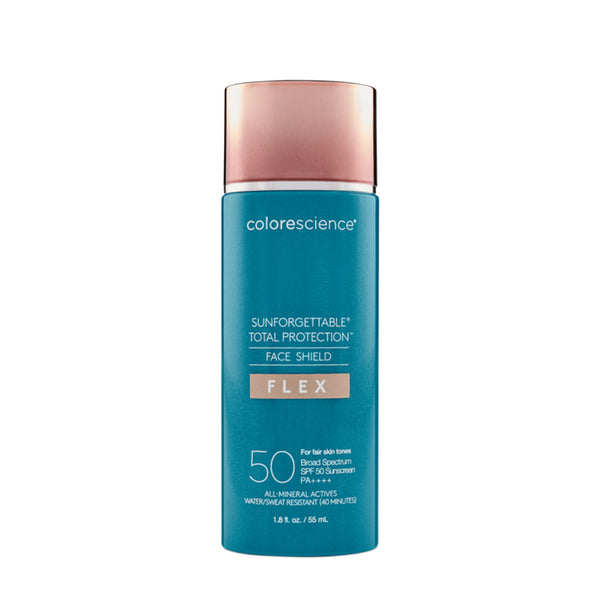
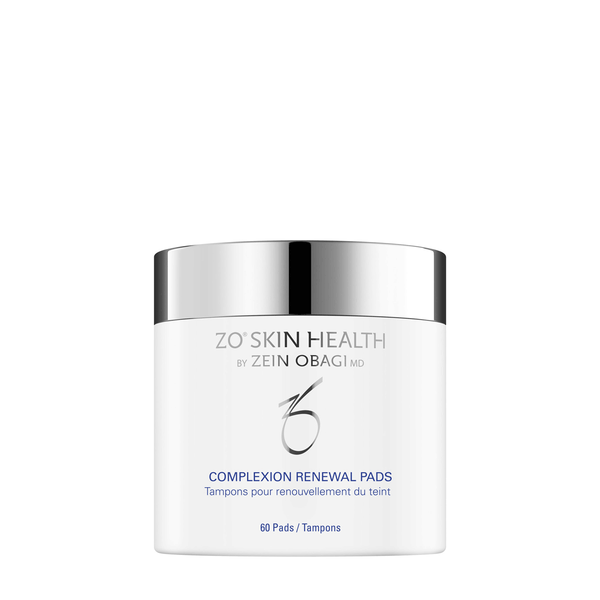
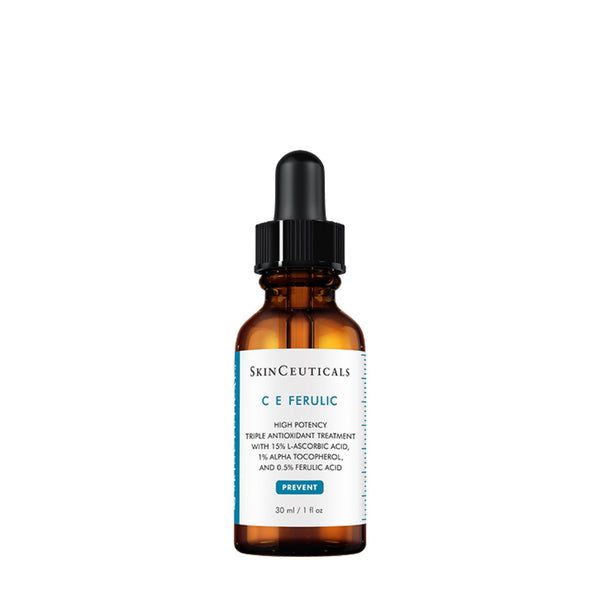
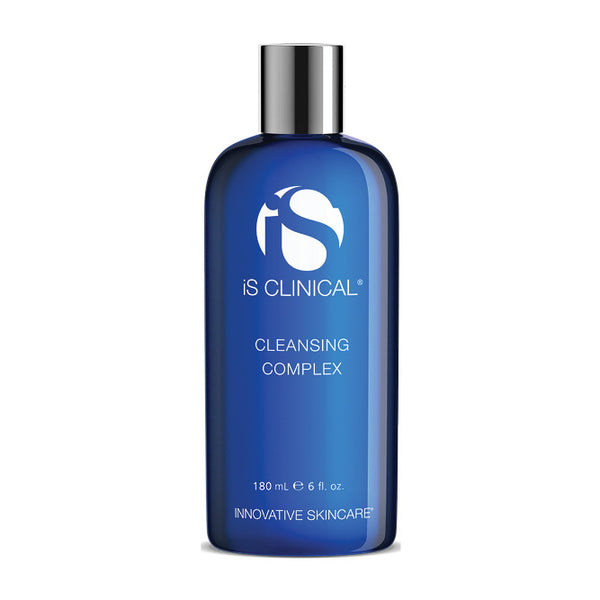
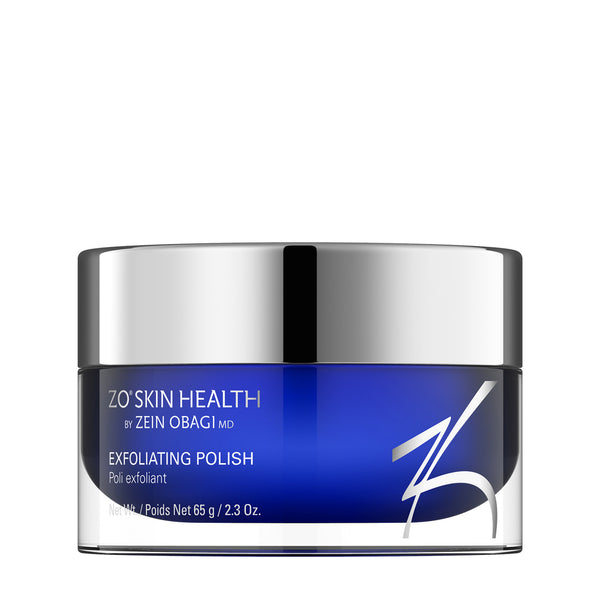

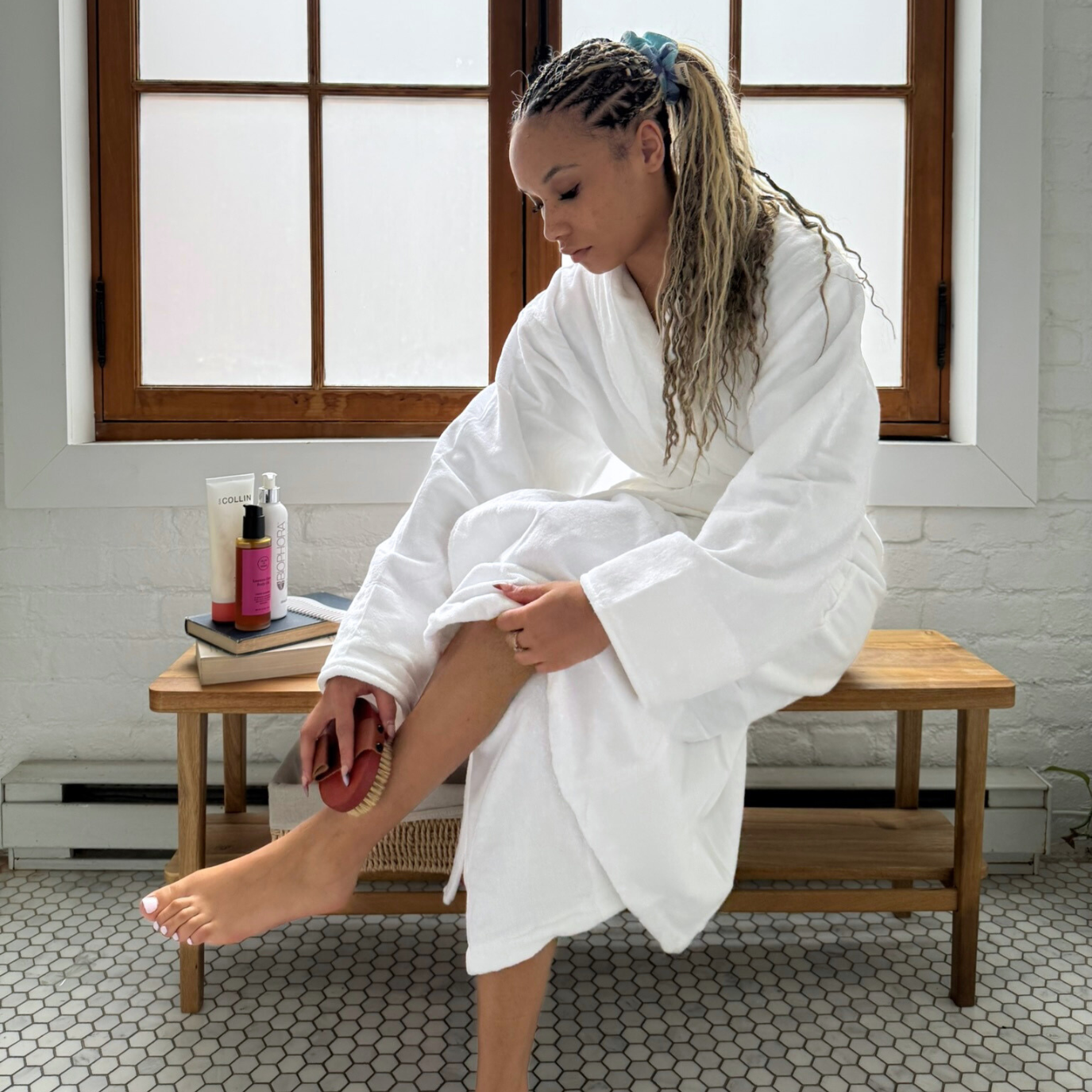



Leave a comment